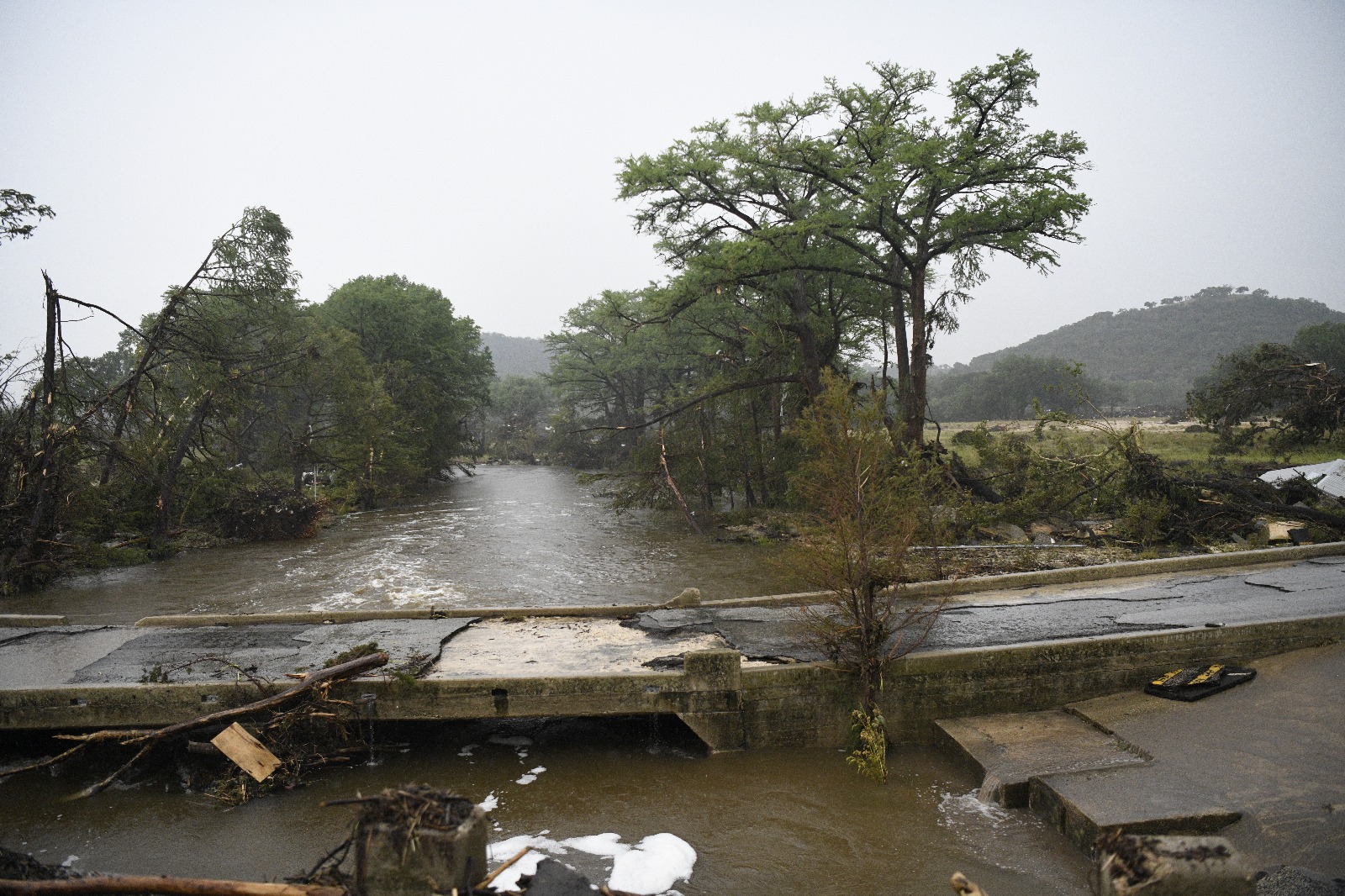- 11 Historic Wildfires That Changed Fire Management Data Reveals - October 4, 2025
- The 1883 Krakatoa Event And Its Global Weather Effects Records Show - October 2, 2025
- How Scientists Use Climate Models To Forecast The Future - October 2, 2025
Flash Flood Emergency Strikes in the Dead of Night
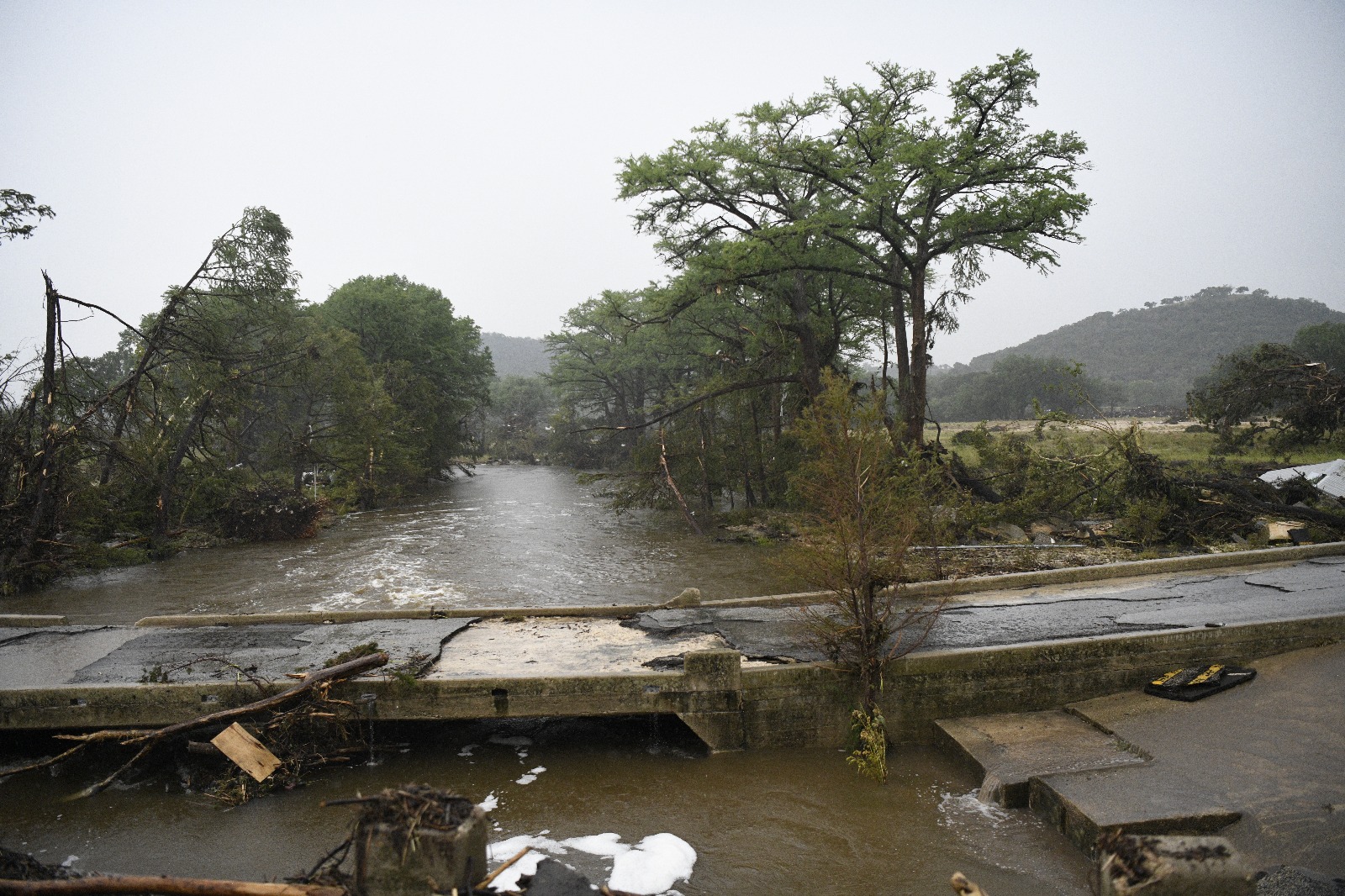
The devastation hit Texas Hill Country like a nightmare come to life. The emergency weather alert had come early Fourth of July morning: There would be life-threatening flash flooding in Kerr County, Texas. And Camp Mystic – an all-girls Christian camp situated along the Guadalupe River – housed about 750 campers on the flood-prone site as heavy rains started pouring.
Girls as young as 7 were peacefully asleep in the cabins where, days before, their parents had dropped them off for the season’s second session, expecting their daughters would spend the summer outdoors enjoying everything from archery to yoga together. The Guadalupe River rose about 26 ft (7.9 m) in 45 minutes. As the blinding rain sluiced down, the Guadalupe River downstream began its historic rise just before 2 a.m. — eventually surging to 37.5 feet, according to measurements taken by crews with the U.S. Geological Survey after the floodwaters receded.
Warning System Failures Leave Camp Vulnerable
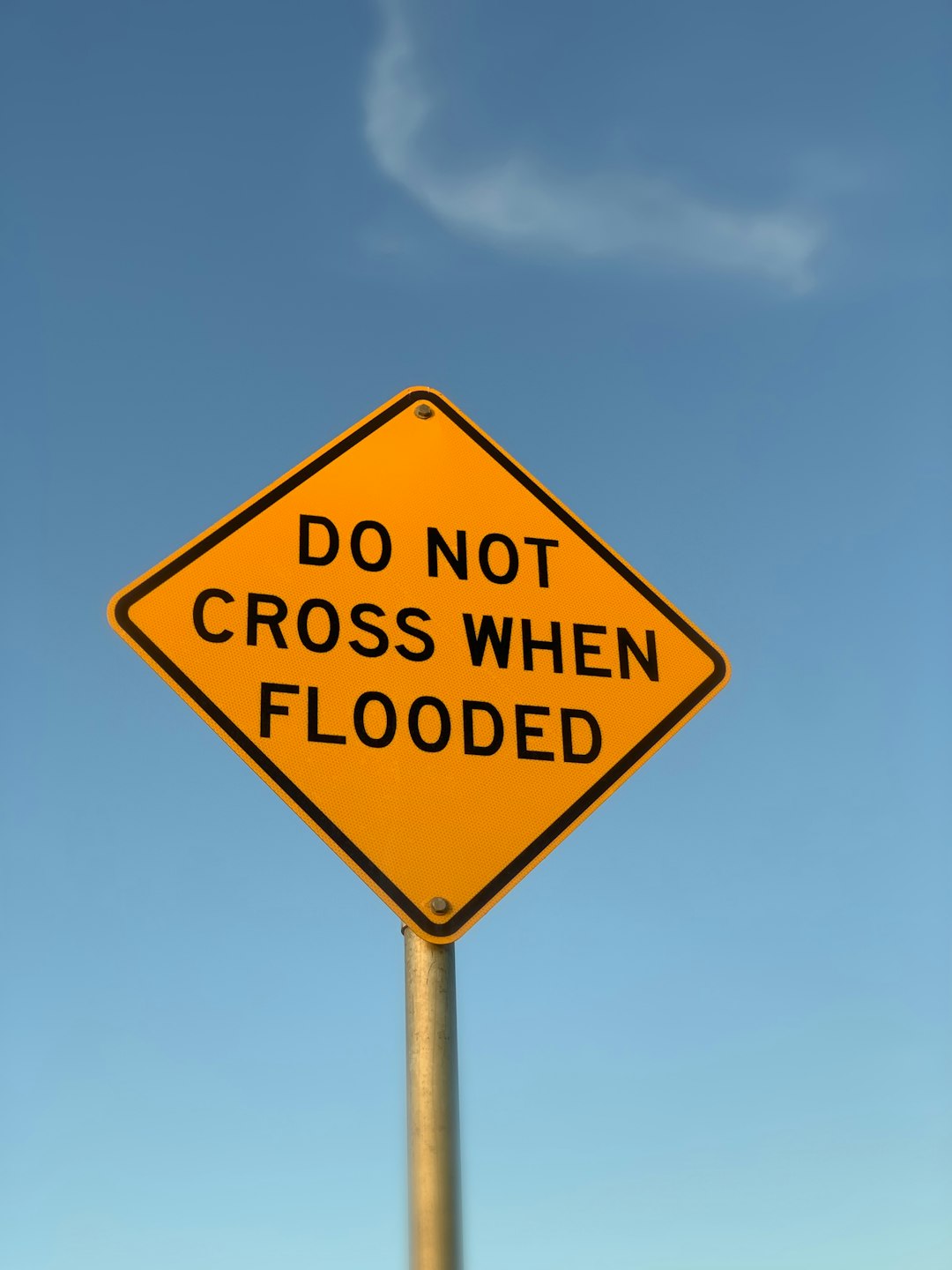
More than an hour passed between Camp Mystic receiving a severe flood warning and a decision to evacuate young campers asleep in cabins by the Guadalupe River. The flash-flood warning that the National Weather Service issued at 1:14 a.m. on July 4 for Kerr County triggered an emergency alerts to broadcast outlets, weather radios and mobile phones. It warned of “a dangerous and life-threatening situation.” The weather service extended the warning at 3:35 a.m. and escalated it to flash-flood emergency at 4:03 a.m.
About a decade after it was installed, the warning system Eastland had championed in the late ’80s became antiquated and broken. The river authority ultimately shut it down in 1999, saying it was “unreliable with some of the system’s stations not reporting information,” according to an article in the Kerrville Daily Times. Yet periodic attempts to adopt a more modern flood-monitoring system, including one with warning sirens that might have alerted campers last week, repeatedly failed to gain traction – stalled by low budgets, some local opposition and a lack of state support.
Camp Staff Miss Critical Emergency Alerts
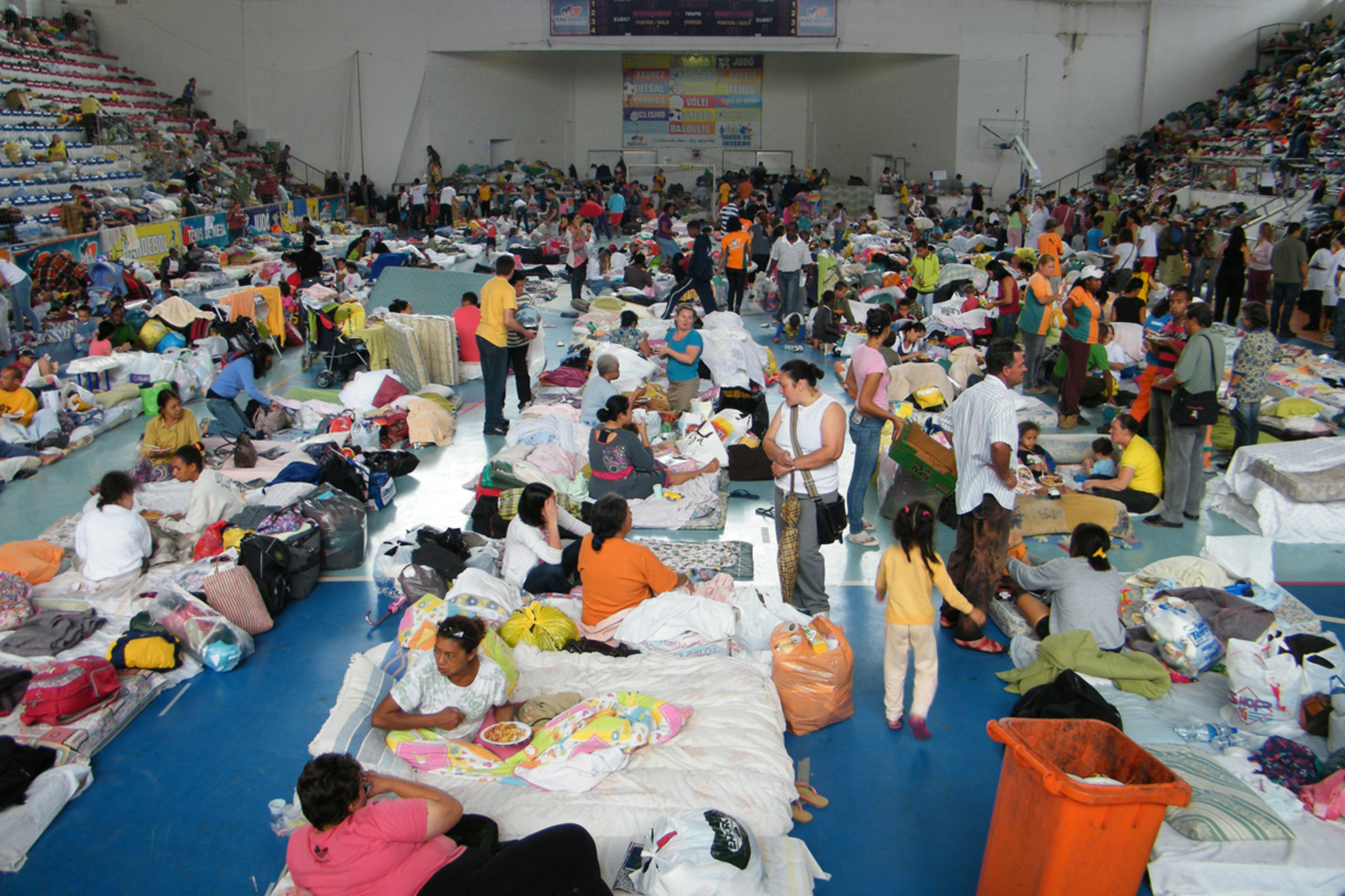
Cutrona said that all camp counselors have to turn in their phones at work, so she did not get the weather emergency alerts sent out. Caroline Cutrona, a Camp Mystic counselor, told CNN that a power outage around 4 a.m. that morning meant that the camp’s loudspeaker public address system wasn’t working, and that she never received cell phone alerts about the flash flooding because counselors and campers weren’t allowed to keep their phones with them.
Counselors at Camp Mystic, the youth camp devasted by deadly flash flooding last week, did not have access to walkie talkies in the event of a disaster, according to a person close to the camp. The owners of the camp and a few leaders in the camp office did have access to communication devices, the source told CNN. Counselors were given no emergency evacuation training, the source added. The fact that Eastland received the 1:14 a.m. flood warning around is notable, as many others in Kerr County said they never got that same early morning alert. Last week, Kerrville Mayor Joe Herring told CNN he didn’t get the alert on his phone.
Deadly Delay in Evacuation Response

Eastland, who ran Camp Mystic for decades along with his wife, “started to assess immediately himself after (the) warning and, in the process, contacted family by walkie talkie,” Eastland family spokesperson Jeff Carr told CNN on Monday. Carr said the relocation of campers to the recreation hall started between 2 and 2:30 a.m., based on observations of the river conditions. After those evacuations began, the National Weather Service issued a more dire warning for Kerr County at 4:03 a.m.: “Move to higher ground now! This is an extremely dangerous and life-threatening situation,” the alert said.
In his previous interview, Eastland Jr., 48, the head chef at the camp, said he and others in charge on July 4 did not expect the ferocity of the flood to come. The National Weather Service alerts escalate in urgency, but Kerr County hasn’t activated one of its emergency warning systems. At 4:22 a.m., a volunteer firefighter in Ingram calls a Kerr County Sheriff’s Office dispatcher to say that he and his crew are having trouble getting anywhere because of the rising flood, according to audio obtained by NBC affiliate KXAN of Austin.
Camp Built in Known Flood Zone
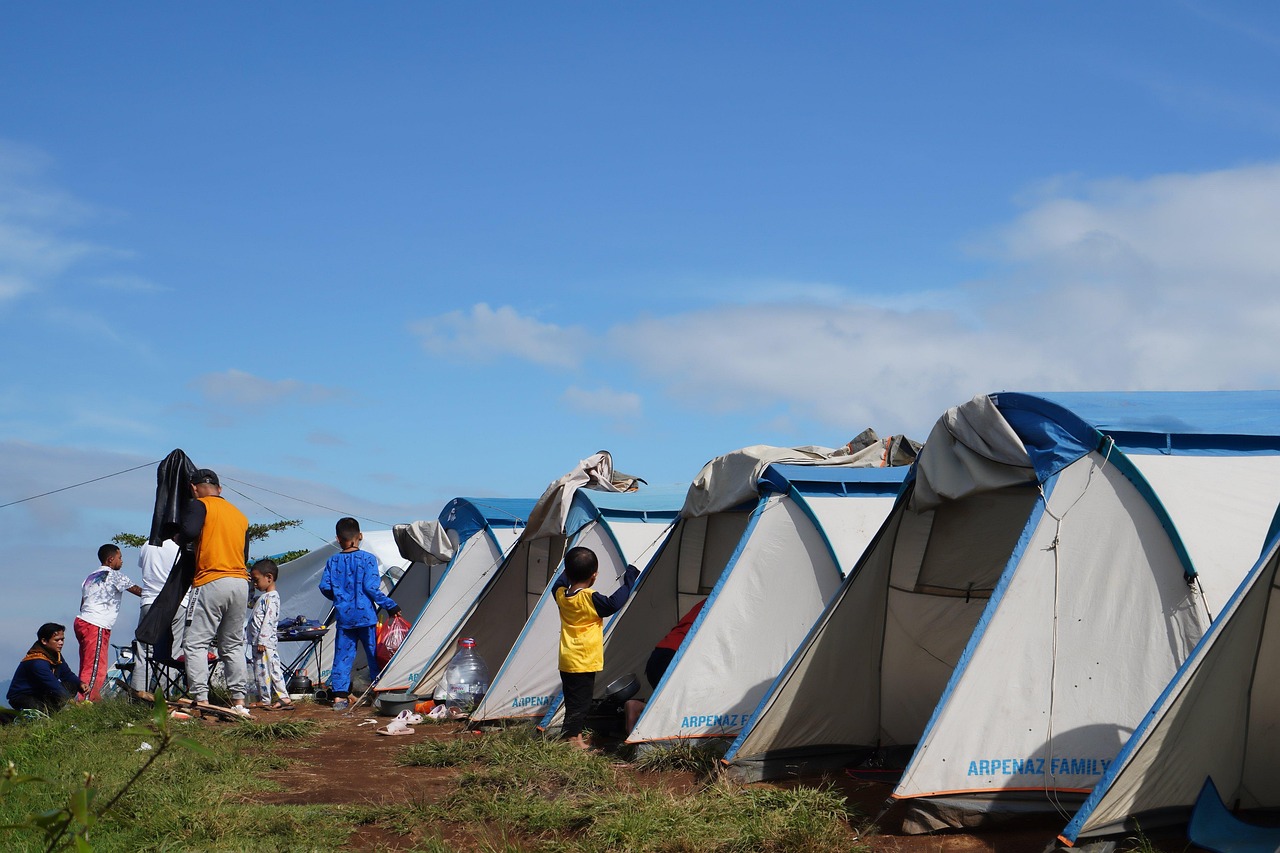
On July 10, The New York Times reported Camp Mystic was located in what was described as an “extremely hazardous” floodway. PBS News reported that a review from the Associated Press found that federal regulators appealed repeatedly to remove Camp Mystic’s buildings from Federal Emergency Management Agency’s 100 year flood map, which loosened the overseeing of the camp as the site continued to operate and expanded closer to the dangerous flood plain.
But the risk was even higher at some of Camp Mystic’s cabins closest to the Guadalupe, several of which are located inside the river’s “regulatory floodways” – the areas that flood first and are most dangerous – according to federal flood maps. Those cabins have been around for decades, historical aerial photos show, apparently before the Federal Emergency Management Agency’s first floodzone maps were developed. Maps by First Street, a climate risk modeling company in New York City, show at least 17 structures in the path of flood waters, compared to maps produced by FEMA, highlighting a longstanding risk facing many Americans. The analysis also shows at least four cabins for young campers were in an area designated by FEMA as an extreme flood hazard, where water moves at its highest velocity and depth.
Bubble Inn Cabin Completely Destroyed
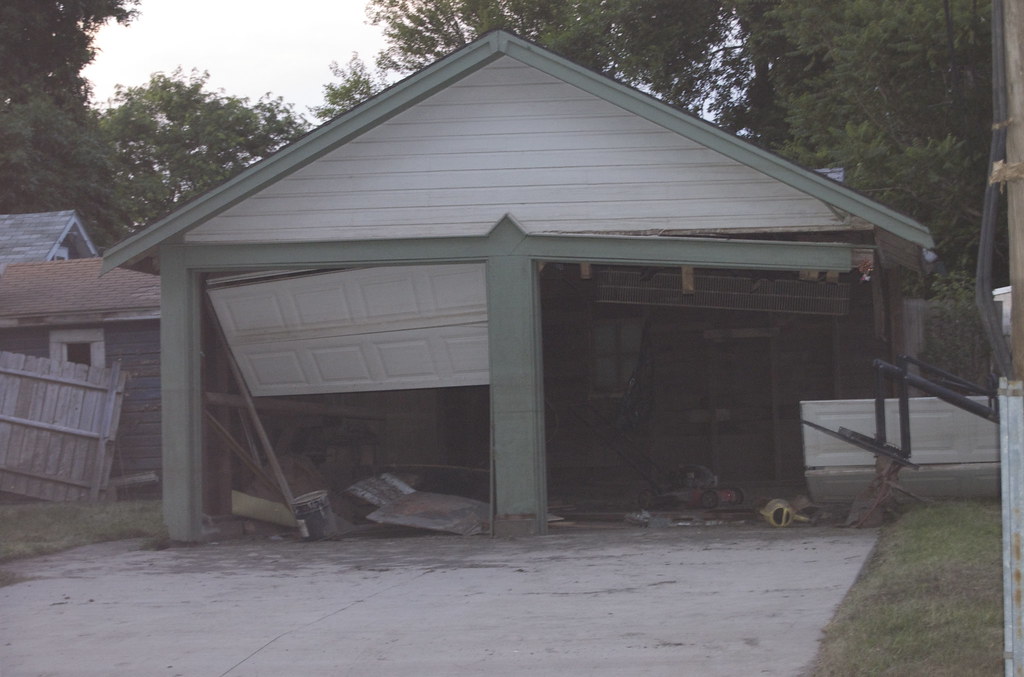
One of the cabins, Bubble Inn, was hit hardest by the flood. None of the campers that were staying in this cabin has been found alive. Eastland died while trying to rescue girls from Bubble Inn, a cabin near the Guadalupe River that housed many of the camp’s youngest girls. Camp Mystic’s ‘littlest souls’ were nurtured in Bubble Inn.
Eastland died while trying to rescue girls and was found in his Tahoe that was swept away by the floodwaters, Carr said. Dick Eastland, the Camp Mystic owner who pushed for flood alerts on the Guadalupe River, was killed in last week’s deadly surge. “Although I am devastated, I can’t say I’m surprised that you sacrificed your life with the hopes of someone else’s being saved,” Eastland’s grandson wrote in his Instagram post.
Historic Death Toll Surpasses Previous Records
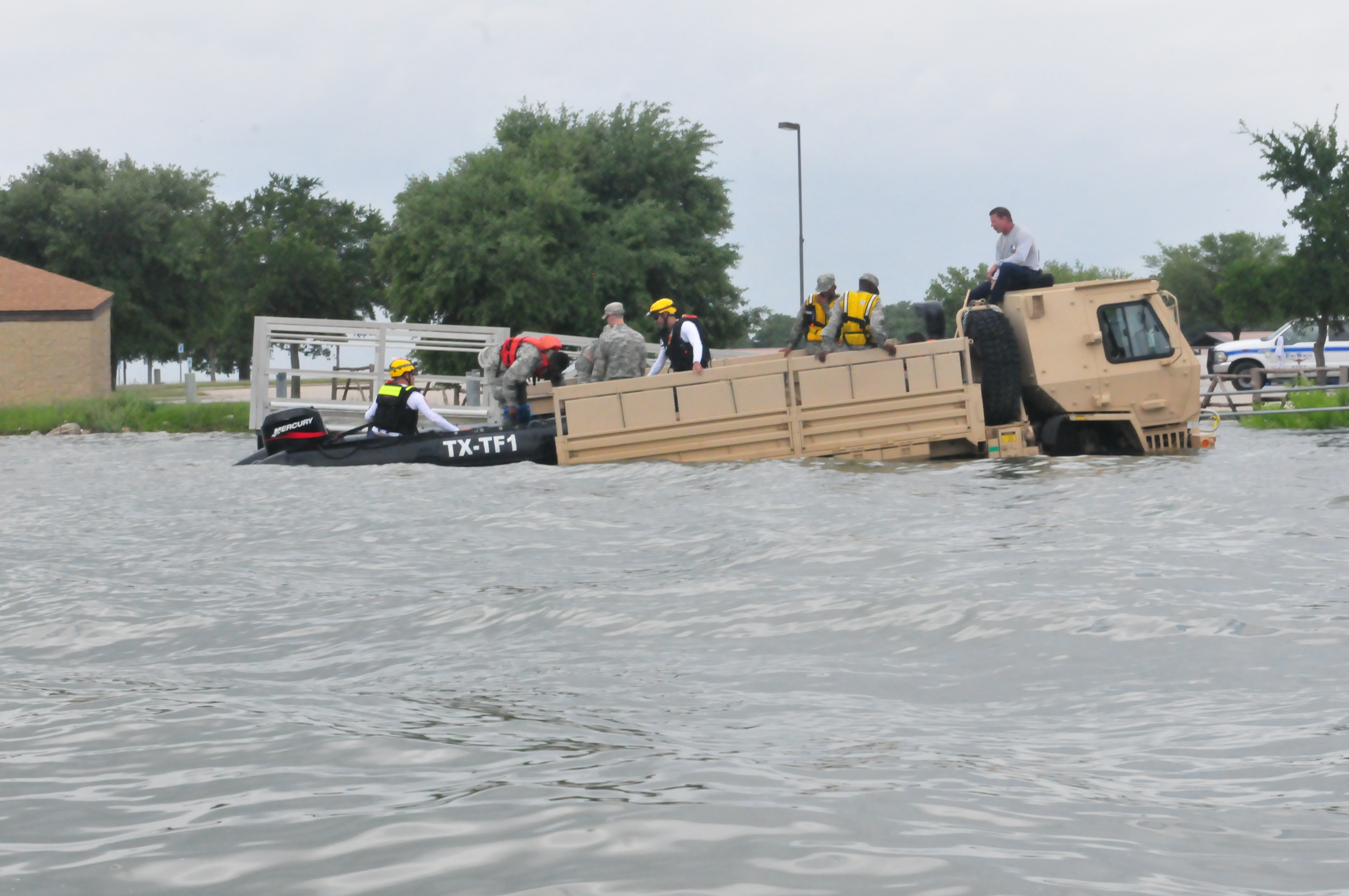
As a result, at least 144 fatalities have been confirmed, of which at least 116 are in Kerr County, with about 102 reported missing. The flood was the deadliest inland flooding event in the United States since the 1976 Big Thompson River flood, surpassing flooding from Hurricane Helene in 2024. The death toll has now climbed to at least 132, making it America’s deadliest rainfall-driven flash flood since 1976.
The flood is already among the deadliest natural disasters the state has seen, and it is so far the second deadliest flood after the 1921 flood in San Antonio, which killed 215 people. The Hill Country flood death toll is higher than the total number of flood-related deaths recorded across the country last year, along with the year before. Camp Mystic, located along the river in Hunt, Texas, confirmed Monday that at least 27 campers and counselors died in the flooding.
Kerr County Emergency System Rejected Twice

Texas officials twice rejected applications from Kerr County for funding for a flood warning system nearly a decade ago, according to a statement from the Texas Division of Emergency Management. The county submitted an application for such a system following severe flooding in 2016, the statement reads, though that was not approved “due to the county not meeting federal requirements, including having a current hazard mitigation plan on file at the time.”
After Hurricane Harvey in 2017, county officials submitted another application, but grant funding at that time was distributed to “counties that fell under the disaster declaration,” which Kerr County was not included in, a spokesperson for the department said in a statement. Just in the past few years, authorities chose not to install a new alert system that included sensors and sirens in part because of the cost.
Climate Change Increases Flood Risk
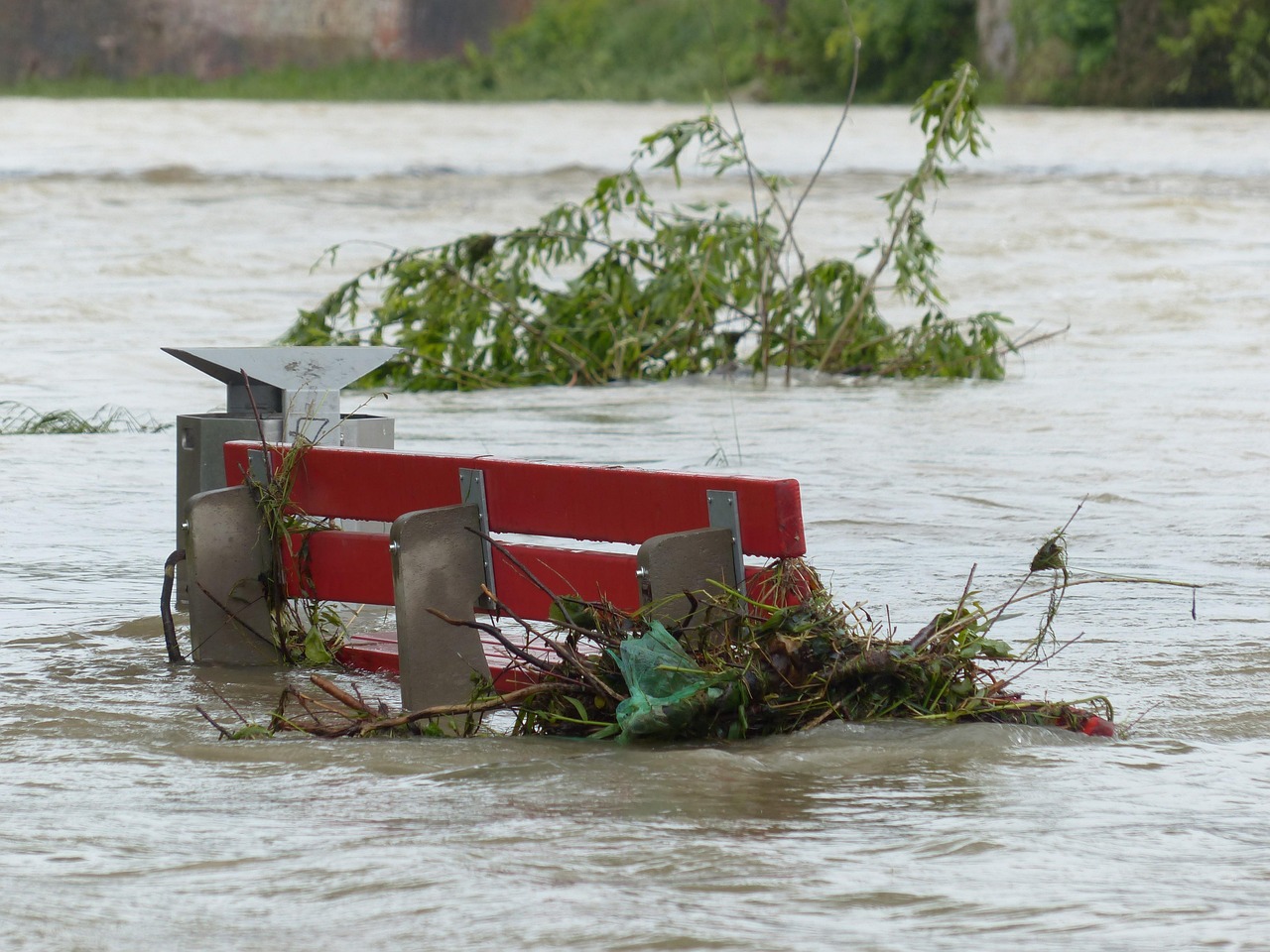
In a 2024 report, Texas state climatologist John Nielsen-Gammon wrote that on average, “extreme one day precipitation has increased by 5% to 15% since the latter part of the 20th century” in the region. By 2036, Nielsen-Gammon wrote, he expected an additional increase of about 10% in rainfall intensity. Daniel Swain, a climate scientist with the UCLA Institute of the Environment and Sustainability, said on the social media platform X that this was “precisely” the kind of rainfall event scientists expect to become more common in a warming climate. “It’s not a question of whether climate change played a role — it’s only a question of how much,” Swain said.
The 2021 IPCC report on The Physical Science Basis stated that human-induced climate change was increasing the frequency and intensity of extreme heavy rainfall events and flash floods, with the rarer extreme events becoming more frequent. Natural variability also plays a part, and during the spring of 2024, the phase of the El Niño–Southern Oscillation was linked to enhanced severe weather outbreaks in the region.
Rescue Operations Save Hundreds

Officials have conducted more than 160 air rescues, Leitha said in an earlier update, adding that 850 uninjured and eight injured people have been rescued overall as of Saturday. U.S. Department of Homeland Security Secretary Kristi Noem said in a social media post that the U.S. Coast Guard was responsible for saving 223 of those people, as dramatic video showed Guard members conducting aerial rescues near Kerrville, while dark water covered the ground.
A U.S. Coast Guard rescue swimmer from New Jersey is being praised for his heroic actions that saved nearly 200 people at Camp Mystic. Petty Officer Scott Ruskin was on his first mission and became the only triage coordinator on the scene after his team decided he would stay there to help coordinate rescues. Ruskin was able to get 165 people out of the flood zone and onto rescue helicopters, working along with the Army National Guard. The Coast Guard said 230 people were eventually evacuated from Camp Mystic during those efforts on Friday.

